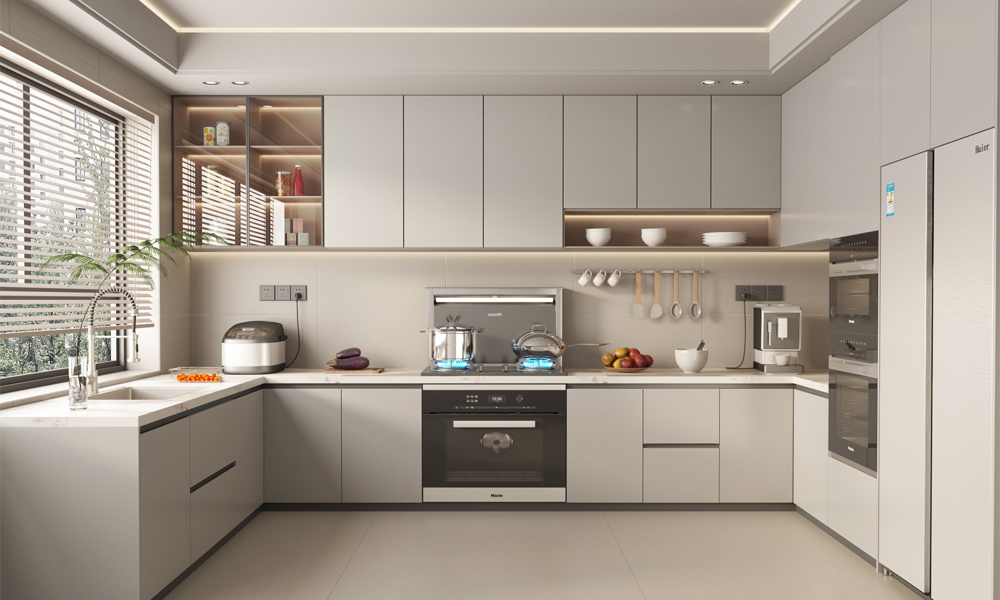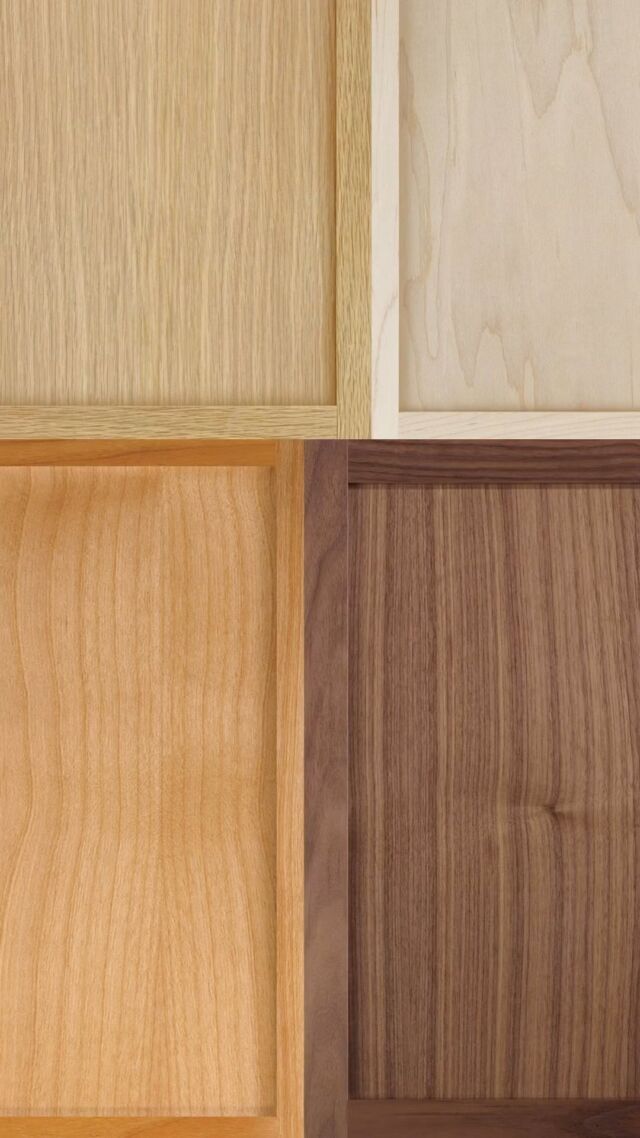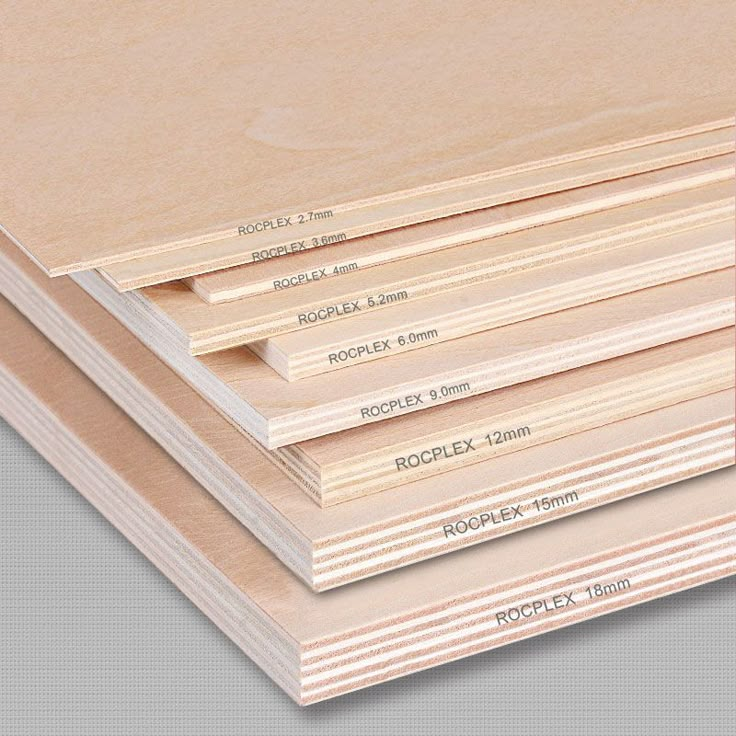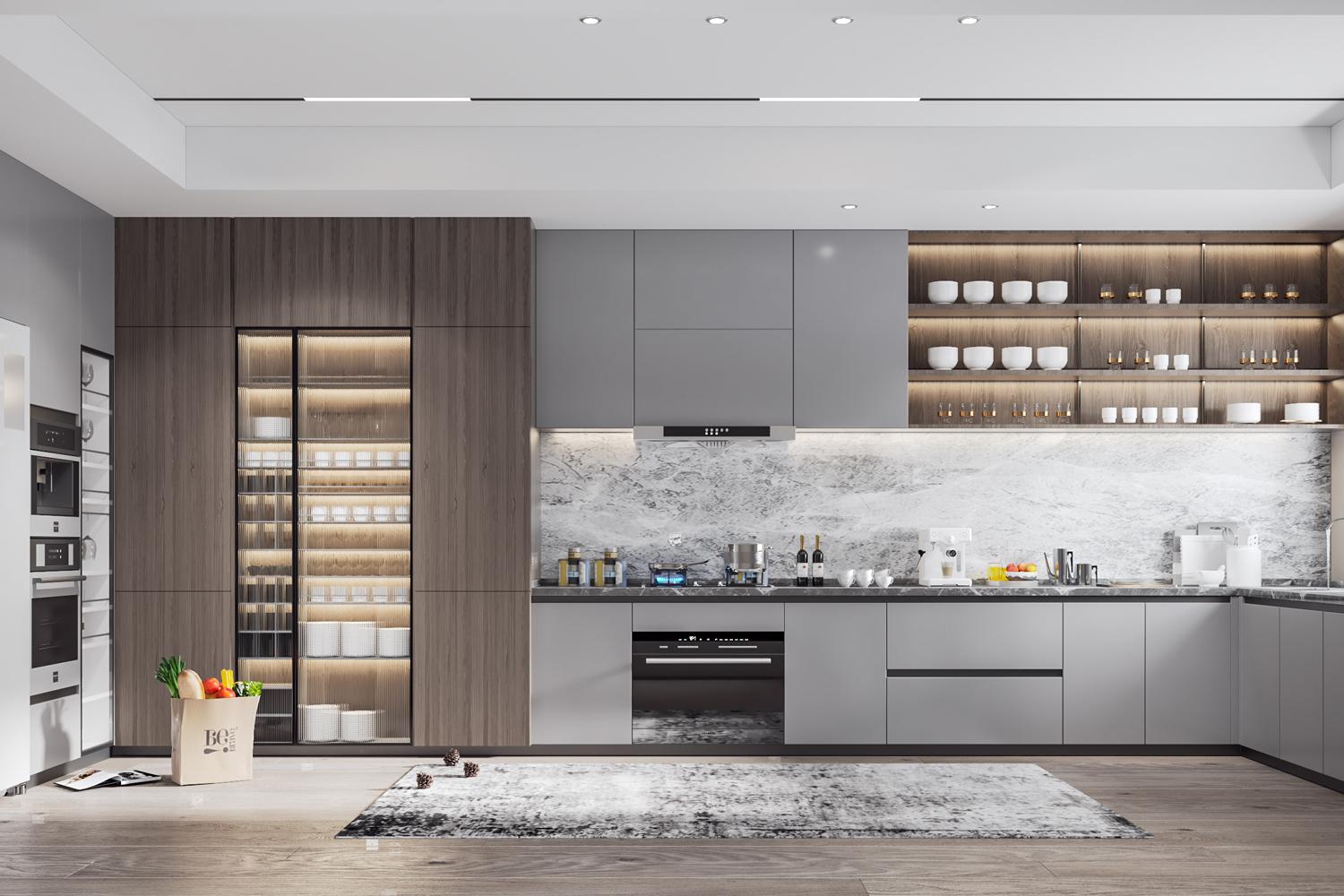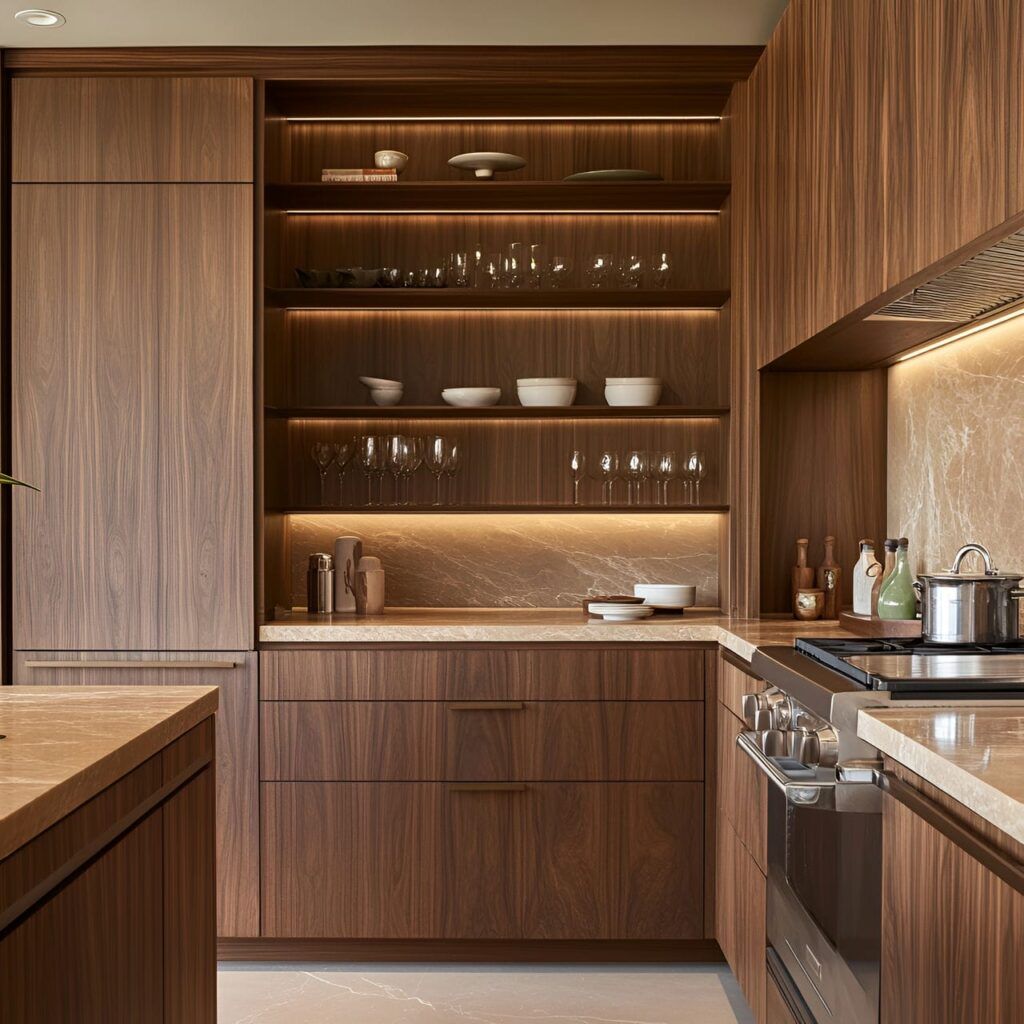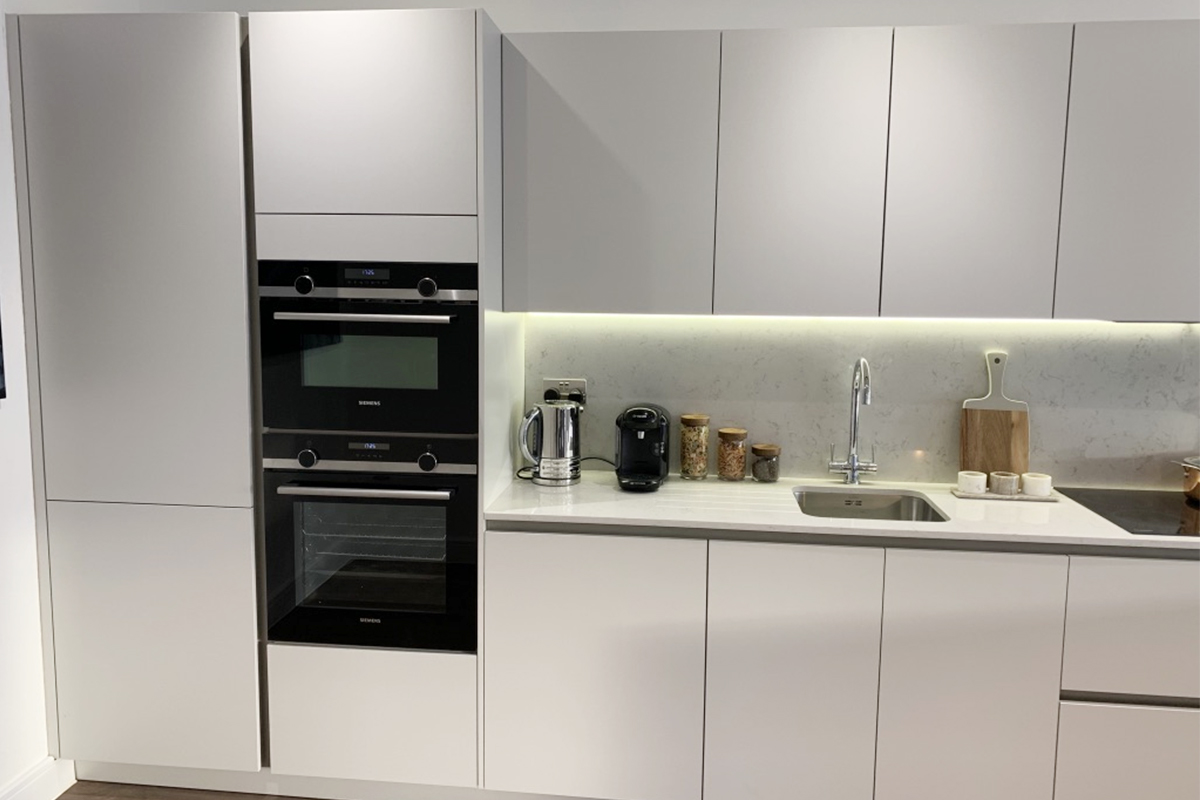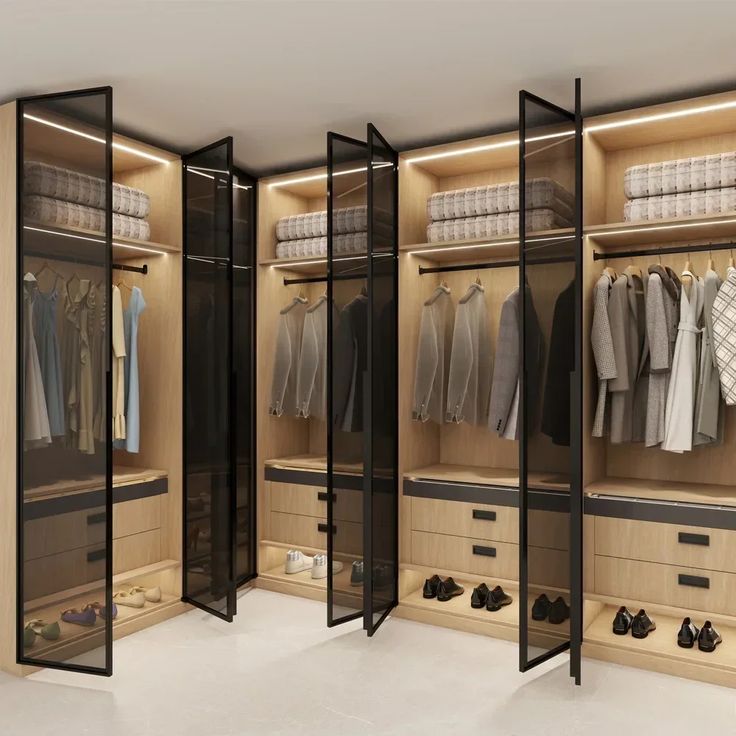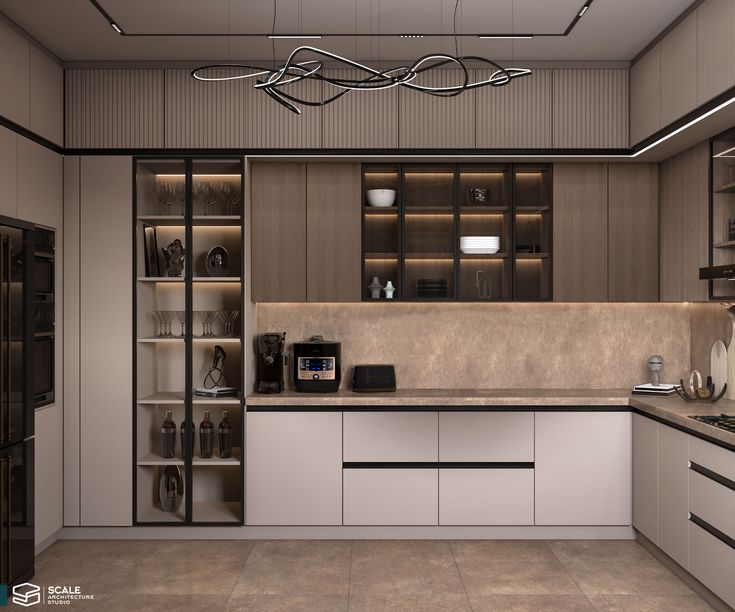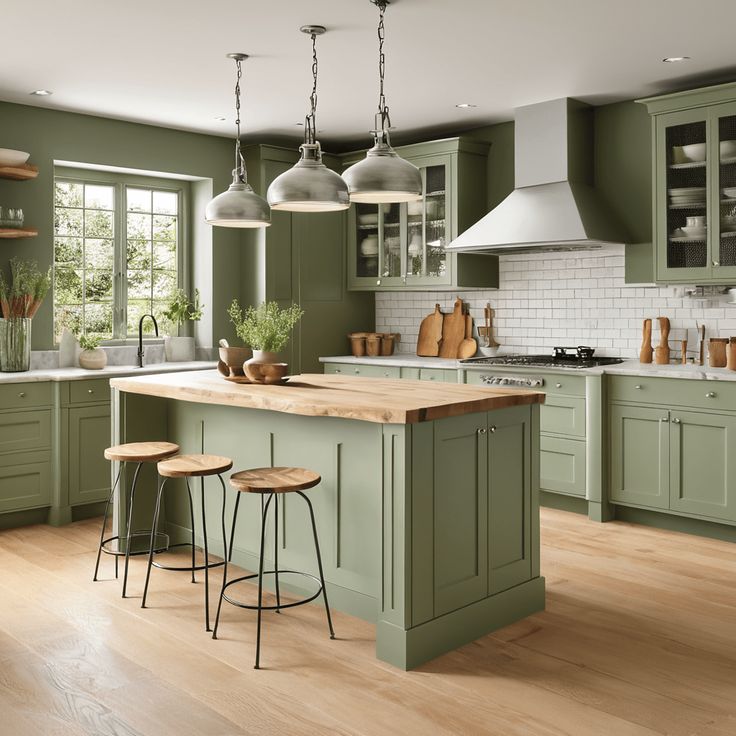In modern kitchen design, island kitchen cabinets have become an essential feature, blending functionality, aesthetics, and lifestyle needs. More than just a visual centerpiece, the kitchen island serves as a multi-purpose hub that enhances the way we cook, gather, and live.
But beyond layout, one of the most critical decisions in building or renovating your kitchen is the choice of cabinet material—and this is where MDF and Plywood often come into comparison. Both materials are widely used, but they serve different purposes depending on your design goals, budget, and durability requirements.
In this article, we’ll break down the advantages and disadvantages of MDF vs Plywood, helping you make an informed decision for your kitchen.
1. What is MDF?
MDF (Medium-Density Fiberboard) is an engineered panel made by compressing wood fibers with wax and resin under heat and pressure. It offers a perfectly smooth, grain-free surface that machines cleanly and takes paint or lacquer beautifully, and it’s cost-effective for decorative fronts and wall panels. Because of that uniform texture, MDF is a popular choice for cabinet doors and drawer fronts.
That said, MDF is not water-resistant—it can swell or warp with prolonged moisture. For wet or high-load zones (e.g., sink bases, laundry, carcasses), plywood—built from cross-laminated veneers—usually performs better thanks to stronger screw holding, higher stiffness, and improved moisture tolerance (still not waterproof, but more resilient than standard MDF).
Quick takeaways (MDF vs plywood):
1、Finish: MDF = ultra-smooth for paintaed/lacquered finishes; plywood shows wood grain/plies.
2、Strength & fasteners: Plywood holds screws and spans loads better; MDF is denser but less screw-friendly at edges.
3、Moisture: Standard MDF dislikes humidity; plywood handles it better. Moisture-resistant MDF grades help, but are not waterproof.
4、Best use: MDF for paint-grade doors, drawer fronts, decorative panels; plywood for cabinet boxes, sink bases, utility areas.
3. MDF vs Plywood: Feature Comparison
| Feature | MDF | Plywood |
|---|
| Strength | Medium | High |
| Water Resistance | Low | High |
| Price | Lower | Higher |
| Paint Finish | Excellent (smooth and flawless) | Good (may show grain unless sanded) |
| Weight | Heavier | Lighter |
| Ease of Cutting | Easy | Requires proper tools |
| Sustainability | Often contains more recycled material | Depends on wood source |
4. Which One Should You Choose?
The choice between MDF and Plywood depends on where and how the material will be used.
✅ Choose MDF if you:
1、Want a smooth, modern painted finish
2、Need a cost-effective option for doors, panels, or decorative elements
3、Are not concerned about moisture exposure
✅ Choose Plywood if you:
1、Need strong, durable materials for cabinet boxes or shelves
2、Expect the area to be exposed to water or humidity
3、Prefer a more natural or veneered wood appearance
In many high-end kitchens, manufacturers use a combination of both:
1、MDF for cabinet doors (especially if painted)
2、Plywood for cabinet interiors and structural parts
Conclusion
There’s no one-size-fits-all answer to the MDF vs Plywood debate. Both materials have their strengths and limitations. The best approach is to match the material to its purpose in your kitchen:
1、Go with MDF for design flexibility and smooth finishes.
2、Choose Plywood for structural reliability and moisture resistance.
Ultimately, your decision should consider not just cost, but also performance, appearance, and longevity—especially in a space as hardworking as the kitchen.

